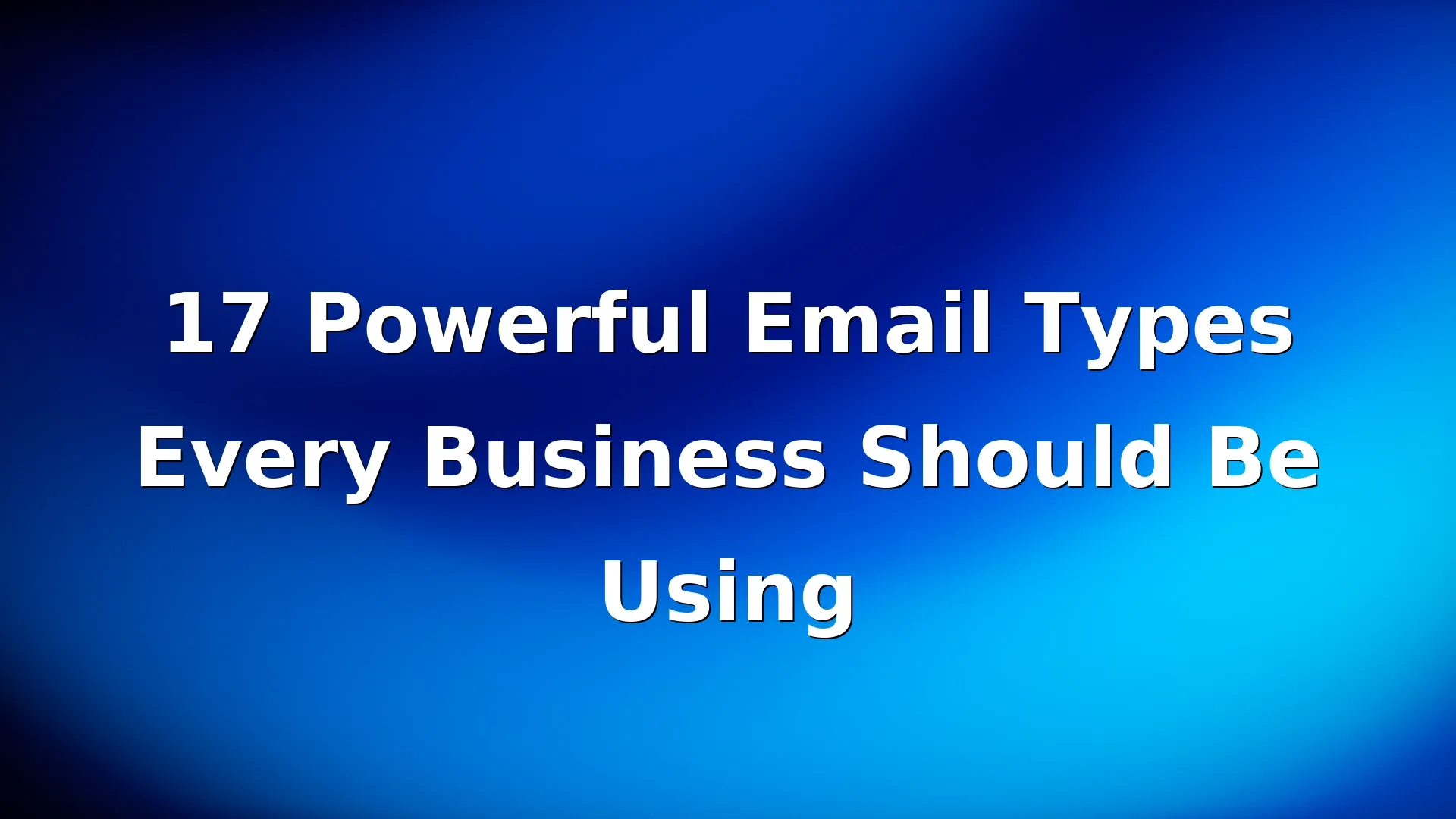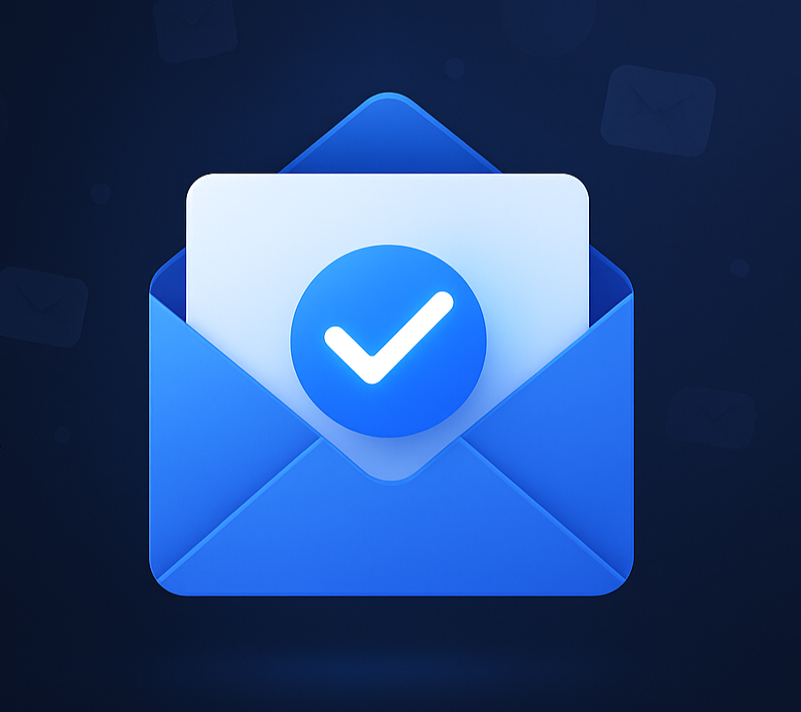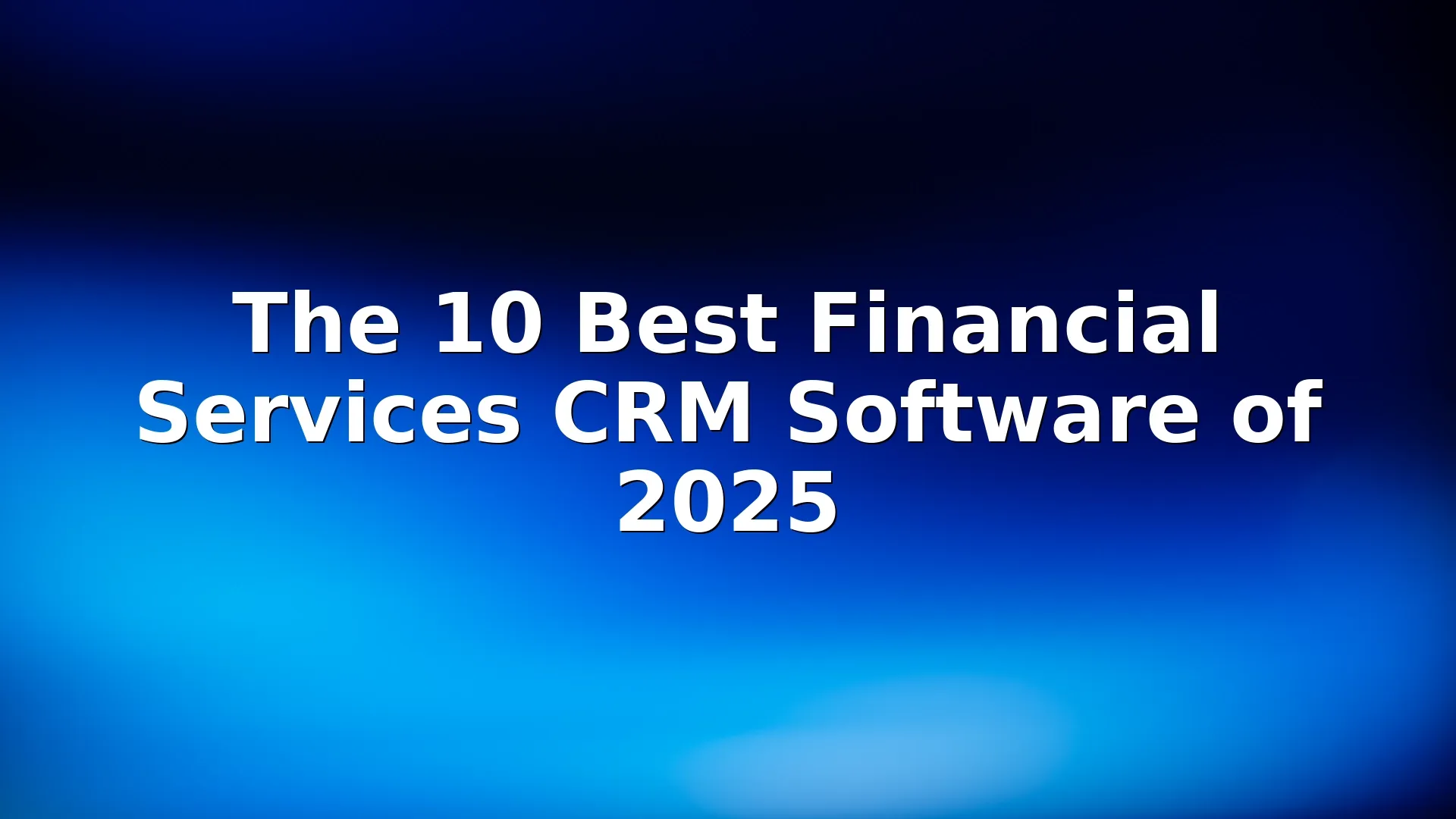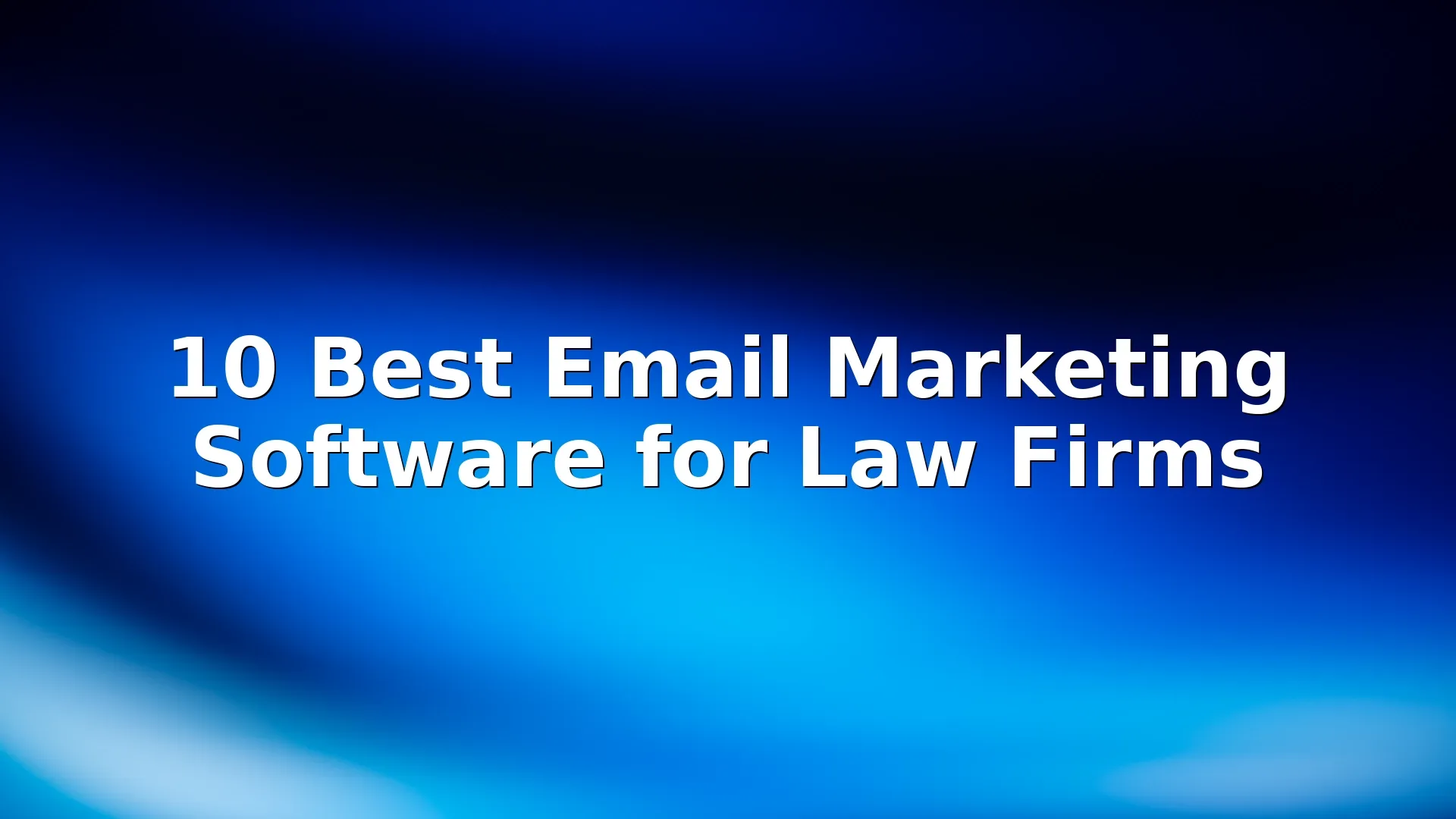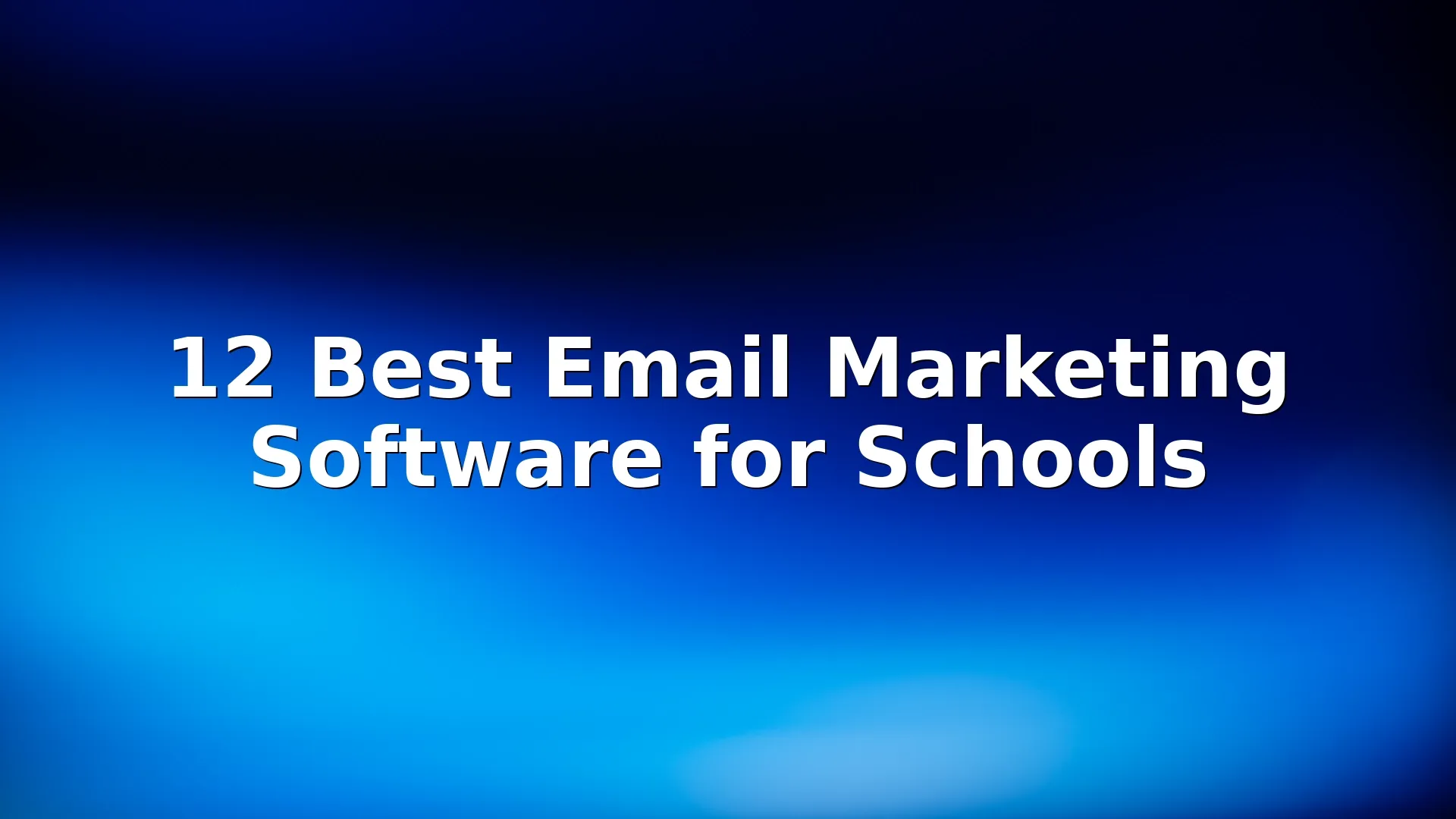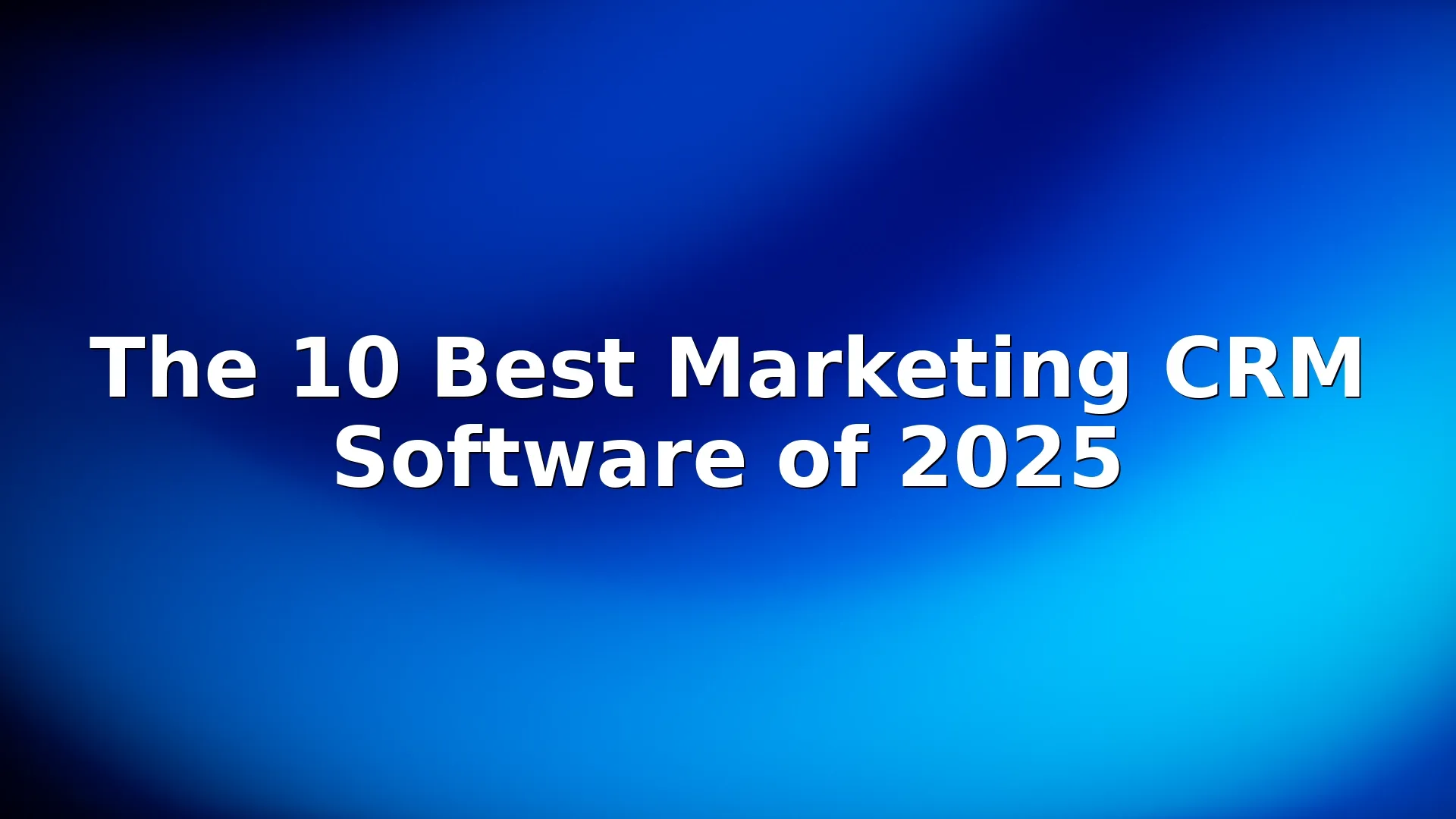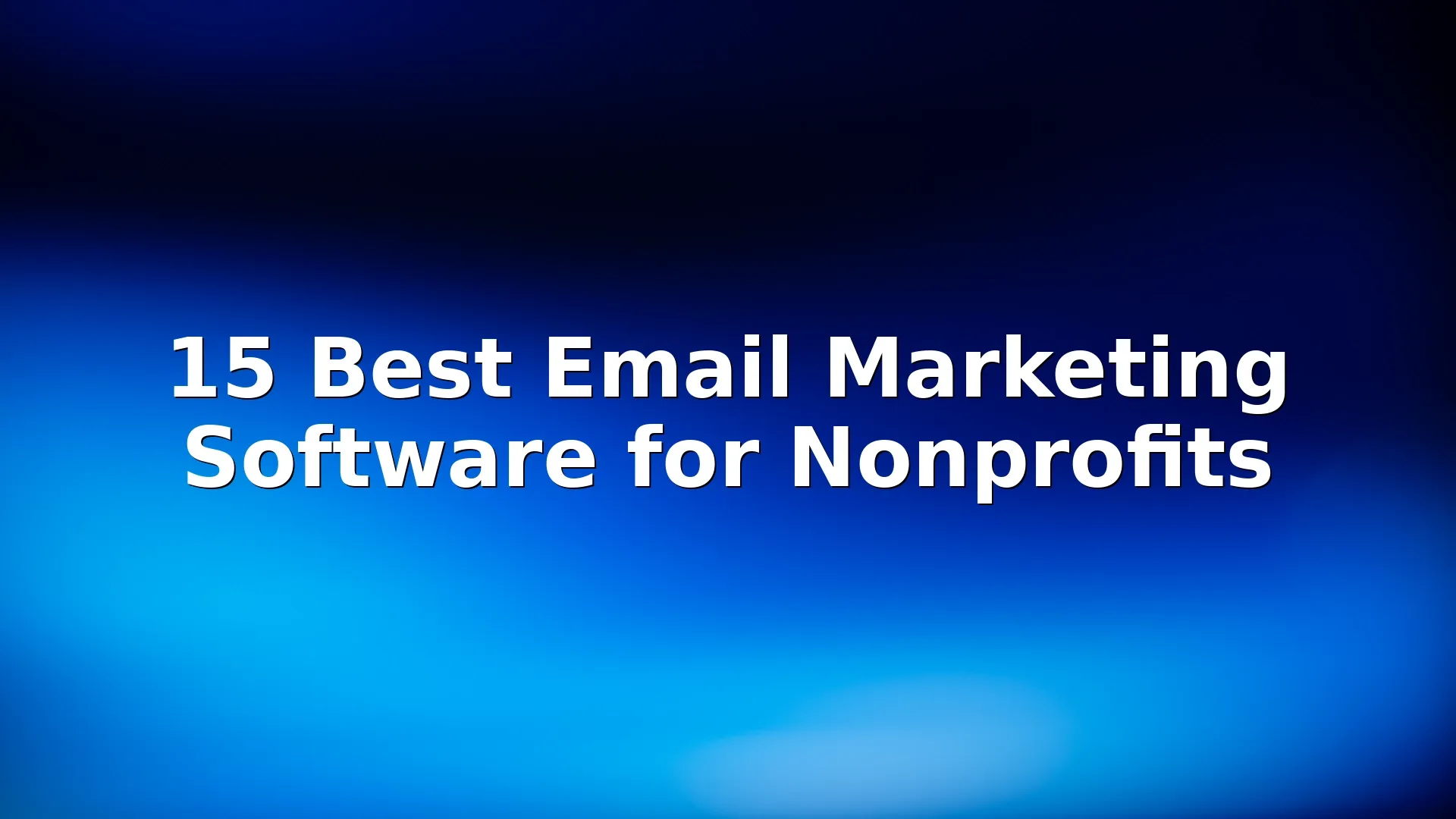If you run a business, big or small, mastering the right types of emails can transform how you communicate with leads, customers, and partners. Emails remain one of the most cost-effective marketing and relationship-building tools available. But it’s not just about sending newsletters. There are multiple types of emails, each serving a unique purpose and delivering specific value.
Let’s explore 17 types of emails your business should consider using to maximize impact and efficiency.
1 – Welcome Emails
First impressions matter. Welcome emails greet new subscribers or customers, set expectations, and often include a discount or helpful information.
2 – Transactional Emails
These are automated messages triggered by user actions—like order confirmations, shipping updates, or password resets.
3 – Newsletter Emails
Sent on a regular schedule, newsletters keep your audience informed with company updates, news, blog content, and promotions.
4 – Promotional Emails
Used to announce sales, limited-time offers, product launches, or special discounts. A great tool to drive short-term sales.
5 – Abandoned Cart Emails
For ecommerce businesses, these emails remind shoppers of items left in their cart and encourage them to complete the purchase.
6 – Re-Engagement Emails
Designed to win back inactive subscribers or customers, often with personalized messages or special offers.
7 – Follow-Up Emails
These can be sent after meetings, purchases, support interactions, or even after someone downloads a resource. Great for building trust.
8 – Survey & Feedback Emails
Ask your customers what they think. These emails are useful for improving your products, services, and customer experience.
9 – Event Invitation Emails
Promote webinars, product demos, conferences, or in-person events. Include key details and a clear RSVP or sign-up CTA.
10 – Thank You Emails
Gratitude builds loyalty. Thank customers for purchases, feedback, or attending events. It’s a small gesture with big impact.
11 – Onboarding Emails
Guide new users through your product or service. These emails educate and support to ensure successful adoption.
12 – Product Update Emails
Keep your users in the loop with new features, improvements, or important changes to your offerings.
13 – Referral Emails
Encourage users to refer friends in exchange for discounts or rewards. A great way to grow organically.
14 – Upsell & Cross-Sell Emails
Recommend relevant products or services based on purchase history or browsing behavior.
15 – Milestone Emails
Celebrate customer anniversaries, birthdays, or product usage milestones. Personal touches can boost retention.
16 – Holiday Emails
Capitalize on holidays and seasonal events with themed messages, promotions, or special campaigns.
17 – Crisis or Emergency Emails
Used during unexpected events—like service outages, product recalls, or policy changes. These should be timely, clear, and transparent.
Why These Types of Emails Matter
Using a variety of email types helps your business connect with customers at different stages of their journey, from discovery to purchase and retention. Relying only on promotional emails or newsletters can lead to lower engagement. When you strategically use these 17 formats, you build trust, increase conversions, and improve customer satisfaction.
FAQs about Types of Emails
How many types of emails should a business send regularly?
It depends on your business goals, but a balanced mix of newsletters, promotional, and transactional emails is a good starting point.
Are promotional emails still effective?
Yes, when targeted and well-timed, promotional emails can drive significant sales. Just don’t overdo it or your list may unsubscribe.
What’s the difference between transactional and marketing emails?
Transactional emails are triggered by actions (like a receipt or order update), while marketing emails are designed to promote, educate, or engage.
Can all these email types be automated?
Many can be. Welcome series, cart reminders, onboarding flows, and milestone emails can all be set up using email automation platforms like Mailchimp, Klaviyo, or HubSpot.

